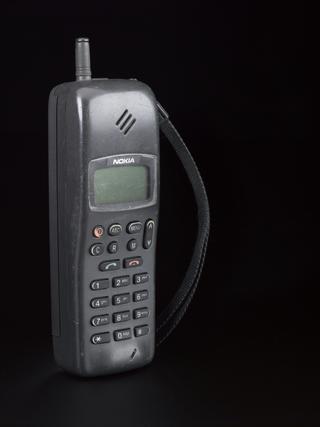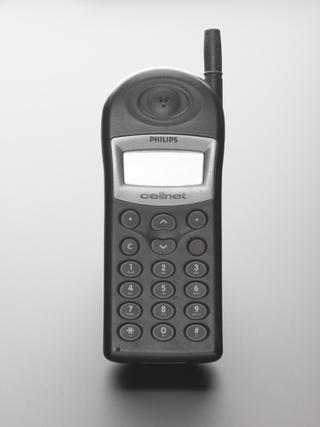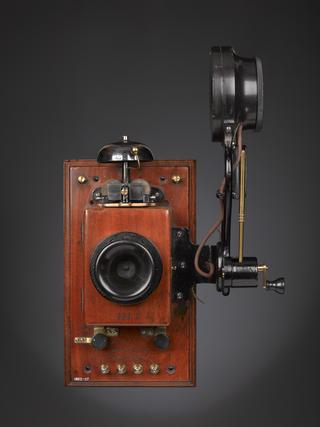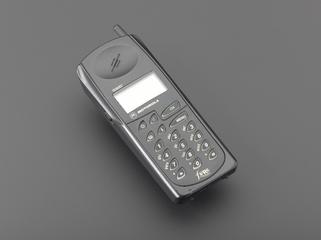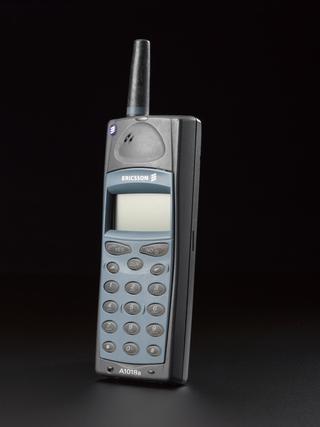
Single-needle telegraph by W. F. Cooke, 1840-1860
- maker:
- William Fothergill Cooke




Single-needle telegraph, invented by W. F. Cooke, unknown maker, England, 1840-1860.
This small instrument was described and illustrated in Cooke and Wheatstone's final electric telegraph patent in 1845. Sending messages using a single needle had been tried unofficially by operating staff on the London and Blackwall Railway soon after it opened in 1840. Cooke found out and appropriated the idea as his own. The system was economical on line wire, especially if used with an earth return, but required knowledge of a complex code. After 1870 the simpler Morse code was used, a leftward movement of the needle indicating a dot and a rightward, a dash. The single-needle 'speaking telegraph' was widely adopted on Britain's railways, the last circuits not being phased out until 1976.
Details
- Category:
- Telecommunications
- Object Number:
- 1953-113
- Materials:
- wood (unidentified), glass, copper (alloy) and steel (metal)
- Measurements:
-
overall: 110 mm x 165 mm x 245 mm, 1.64 kg
- type:
- telegraph
- credit:
- Donated by the Institution of Electrical Engineers
